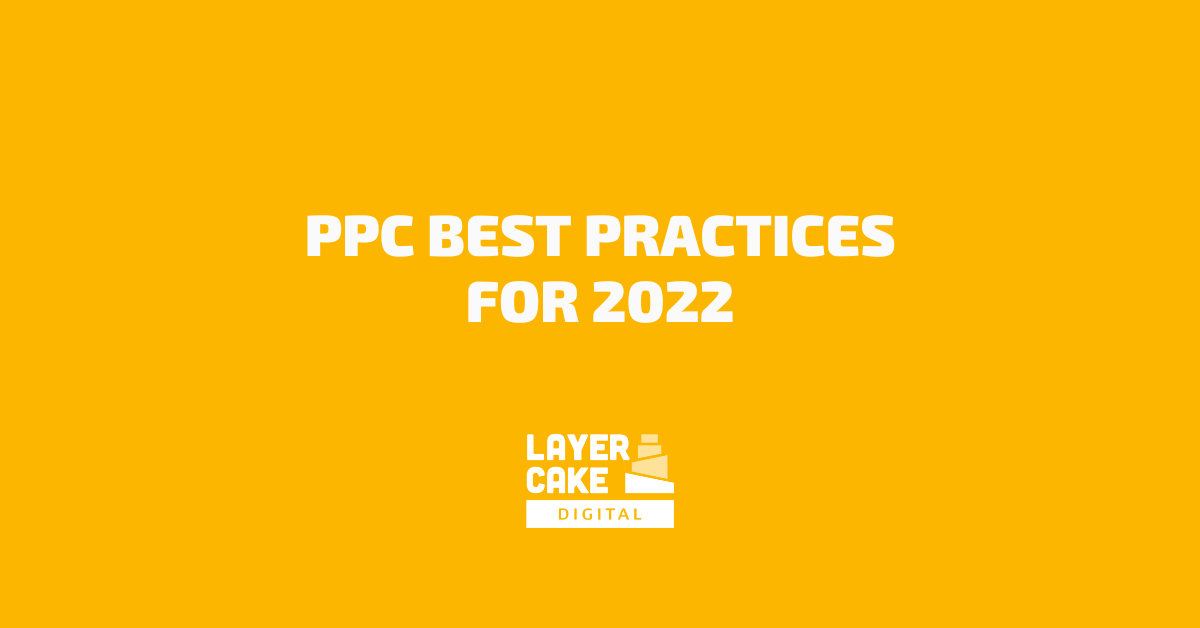The past two years have been a turbulent period that saw changes to certain tried-and-true marketing tactics. Marketing with pay-per-click (PPC) is a prime example. Although trends develop gradually, we are observing small changes in search engines’ information handling practices and users’ reactions to the material they view.
Let’s examine the state of PPC marketing in 2022 and identify the strategies that will yield the best results.
Create PPC campaigns with voice optimization in mind
Voice search is on the rise; while not all of your users may utilize it right away more will eventually get on board, which means delaying your voice optimization work is a bad idea.
You’ll need to make some adjustments to your current procedures in light of the development of voice queries and digitally assisted search. Now is the moment to begin implementing these modifications, if you haven’t already.
Leverage available PPC automation
Automation is one of the newest PPC marketing enhancements. Automation is one of those keywords used frequently in marketing, as we all know. However, automation is a potent tool today that is now affordable for almost any business to use in its ongoing PPC campaigns.
PPC automation, in general, manages, monitors, and optimizes your marketing initiatives using machine learning and AI platforms. Your PPC efforts may become too time-consuming to handle across all of the networks and platforms you have access to as your business expands. Automation provides a life-saving answer at this moment.
Use data to improve your PPC funnel and ad targeting
Businesses need to invest more in the variables they can influence, such as managing the buyer’s journey. Businesses must ensure that their ad targeting efforts and the specific touchpoints that their clients experience during the buying cycle are strongly aligned.
Gain control over audience data and establish a distinct distinction between prospects and those most likely to convert—those at the beginning and end of the marketing funnel—and review both the general and specialized shopping patterns of consumers.
Utilize Responsive Search Ads
A tried-and-true method for campaign optimization is responsive search advertisements. It permits PPC advertisements to include 15 headlines and 4 descriptions for each ad. These copy variations are merged to produce several adverts, which may or may not be successful in grabbing the attention of your target demographic.
With responsive search advertisements, you can create carefully designed messages that are then blended and presented in the most effective way possible using machine learning. It’s a fantastic approach to use automation to support your PPC campaign, but just like with more conventional Expanded Text Advertisements, creating responsive ads still requires that you adhere to responsive search ads best practices.

Diversify your PPC advertising toolkit
It’s simple to overlook the existence of alternative platforms because Google Ads make up such a large portion of the PPC market. To reach a larger audience, think about expanding your PPC efforts beyond Google Ads.
Don’t, however, confine yourself to search engines. Think about purchasing advertisements on social media, including Twitter, Facebook, Instagram, and YouTube. Each one represents a distinct market niche and offers potential for paid advertising.
The goal here is to diversify your PPC portfolio and become less dependent on Google Ads. By doing this, you extend your network and take advantage of possibilities you might not have otherwise had.
Be ready for data visibility issues
Marketers must learn to make do with less as a result of heightened data handling restrictions around the world and the removal of tracking cookies. Other than changing the way marketers approach their tactics, there aren’t many tangible remedies to this problem. The overarching message is that in order to produce results, marketers must be prepared to make decisions based on incomplete data and work within Google’s guidelines.
Examine the data you currently have and the trends in your search terms. Use your automation tools to perform the labor-intensive tasks after that. PPC marketers may need to rely more on contextual targeting to persuade readers as a result of the loss of user-specific targeting features. Create a variety of effective commercials and step up testing activities to see which has the greatest impact. As we’ll explain below, responsive search advertisements are your buddy in this situation.
Focus on first-party data
Restrictions on how businesses utilize data will be another recurring development in the years to come. As PPC marketers adjust to the loss of tracking cookies and other third-party data sources, striking the right balance between data privacy and usability will be of utmost importance.
The solution is to put more effort into gathering first-party data and segmenting and analyzing it. First-party data can be customized and segmented by businesses more precisely than data from third parties, and it may be used across a variety of digital platforms. Although it requires more work than simply depending on search engine results, it will be worthwhile in the long term.
PPC Best Practices for 2022 – Our Final Thoughts
The goal of PPC is to maximize return on investment. The tactics presented above offer a distinct picture of PPC in 2022, one that has been influenced by unheard-of market factors over the past few years.
If you’d like to discuss the benefits of working with a Toronto PPC agency, step into our kitchen and schedule a one-on-one with our CEO & Founder, Jared Foxworthy!
Looking to take these best practices to a more granular level? Check out this video from Google about value-based bidding best practices!
To apply for a complimentary digital audit, contact us today!
Did you enjoy this article?
Here are two more posts to read next:
